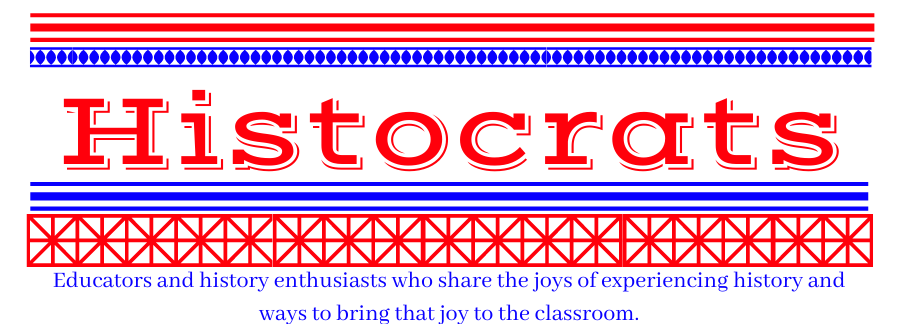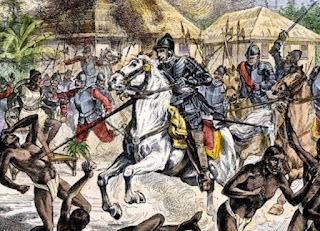I recently saw a headline about us currently living in "a golden age for music documentaries," and it makes sense. Baby Boomers and members of Generation X are the generations that grew up surrounded by music and that lived through the birth and growth of rock and roll. They're nostalgic for the musical soundtracks of their lives. Many musical stars of the 1970s and 1980s are in the midst of farewell, reunion or flashback tours, and they're packing venues. Also, there are more television and online platforms than ever before, and those platforms are desperate for content. Combine an innovative filmmaker and a musical performer or group, you're likely to find an audience for their product somewhere.
Tuesday, October 19, 2021
REAL MTV: Music Television, Part 1
Thursday, October 14, 2021
And the latest news in Numismatics......
Have you heard the news? From 2022 through 2025, the United States Mint will be releasing up to 5 new quarter designs each year, honoring great American women. This comes on the heels of the very popular state, territory, and national park quarters. For more info, here's the link to the Mint page https://www.usmint.gov/learn/coin-and-medal-programs/american-women-quarters?doing_wp_cron=1634230641.4021039009094238281250 .
The obverse ("heads") will continue to be a portrait of George Washington, but a different portrait than we're used to. The reverse ("tails") will feature the chosen woman. The distinguished American women celebrated on the 2022 quarters will be:
- Maya Angelou – celebrated writer, performer, and social activist
- Dr. Sally Ride – physicist, astronaut, educator, and first American woman in space
- Wilma Mankiller – first female principal chief of the Cherokee Nation
- Nina Otero-Warren – a leader in New Mexico’s suffrage movement and the first female superintendent of Santa Fe public schools
- Anna May Wong – first Chinese American film star in Hollywood
Monday, October 11, 2021
Columbus Day or Indigenous Peoples Day ?
In 1492, Columbus sailed the ocean blue....
We've all heard, and maybe memorized, the poem. In 1934, Congress made October 12 a federal holiday, largely because of the lobbying efforts of the Knights of Columbus organization, a Catholic fraternal organization. In 1970, Congress moved the celebration to the second Monday in October. How did that happen? Columbus never set foot in North or South America proper. He died believing that he had only landed on a few Asian islands, denying that he had "discovered" new continents. And even in the early 20th century, there were lots of theories about people "discovering" the Americas before Columbus: Vikings, Chinese, Africans, Welsh, Jews, Egyptians, Polynesians, etc. Of course, Native Americans knew the whole debate was ridiculous from the start.
Columbus Day happened because of the huge surge of Italian immigrants in the late 1800s. In America, they were met with discrimination, racism, and violence. Italian-American leaders were desperate to establish their "American-ness," their rights to the American dream. They latched onto Columbus, who had been mythologized in the early 1800s by mythmakers like Washington Irving, and made him an even bigger American hero. The first Columbus Day was celebrated in 1892, along with the opening of the World's Columbian Exposition in Chicago in 1893, to mark the 400th anniversary of the first voyage.
Colorado was the first state to make Columbus Day a state holiday in 1906. Within five years,14 other states had done the same. At the same time, there was a push to commemorate Leif Erickson Day, but that movement lacked the traction that Columbus Day had. Then the 20th century happened. Historians started tearing down the heroic Columbus, and he went from being America's biggest hero to being America's biggest villain, as evidence of the death and destruction that his voyages wrought amongst indigenous people came to light.
By the end of the 20th century, a new movement began. In 1989, South Dakota replaced Columbus Day with Indigenous Peoples Day. Soon, other cities, states, and countries followed suit, replacing celebrations of Columbus with recognition of indigenous peoples. Just before I wrote this, Mexico City's government announced that its statue of Columbus would be replaced by a statue dedicated to indigenous women.
Was Columbus a hero or a villain? We know he was not the first "discoverer" of America. We know that he only really discovered a small portion of the Americas, and we know that he was followed by lots of Europeans eager to follow up on his "discovery." We also know that he enslaved Native Americans from his first voyage, writing in his journal that the natives were “very well built with very handsome bodies and very good faces. They do not carry arms or know them … They should be good servants.” He, and/or his men, enforced subjugation of the Taino people with floggings, rape, amputations, and public executions. Unknowingly, they introduced diseases into the indigenous population. Ultimately, it is estimated that 50% - 90% of the indigenous population of the Americas died of diseases brought by Europeans and for which the indigenous population had no natural immunity.
The truth is that history is never, ever black and white. Christopher Columbus was an important figure in world history, but I think it's difficult to call him a hero. Was he the greatest villain in history? Maybe not, but it's difficult to justify according him heroic honors.











